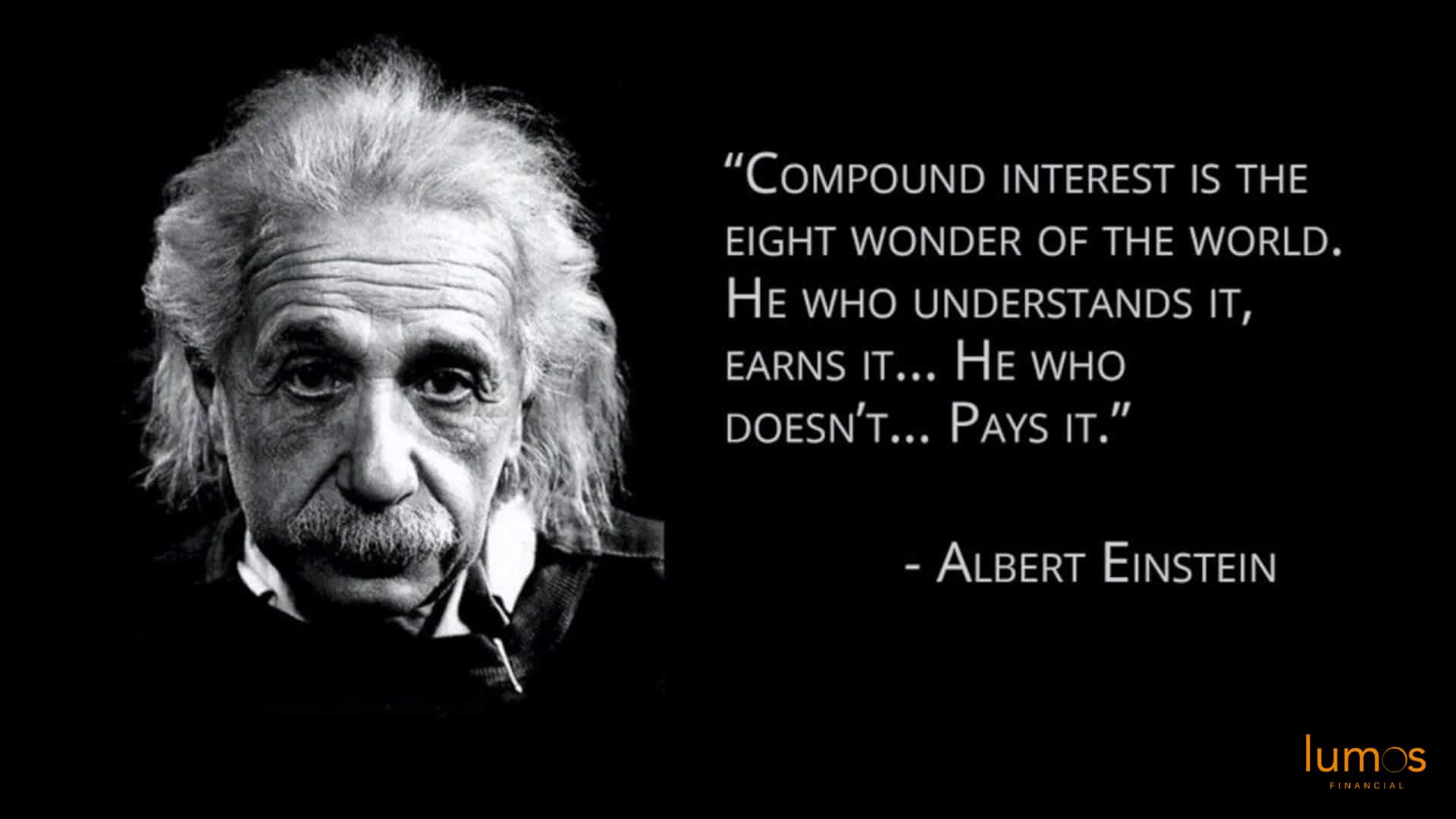In today’s post we look at the five key steps to creating wealth. Simple steps that are not always easy to follow. Carefully implement these and you should see your wealth start to grow, and with that, the choices to make and shape your life as you wish.
Now this stuff is not exciting at all, although vitally important. I’m only going to mention the highlights here to save you time.
Budgeting
We all might try it, but very few of us actually stick to it religiously, I know I still find it difficult to not overspend when the lure of the advertisers hooks us in to purchasing the latest gadget, pair of trainers or recently tennis rackets. So what do you need to do to make this effective?
Know your numbers
It is vitally important that you have a grasp of what is coming in and out of your household. Today there are numerous ways that you can do this.
- Track with an app that links to your bank accounts and credit cards, so you can effortlessly see where you are spending. Some will automatically categorise your spending. I have used Money Dashboard to help me with this, but there are other apps in this space so do your research if you want to use one to help.
- Download the last 3 months bank statements and credit card bills and start to go through them and see where your money is being spent.
Group the spending into categories. Keep them broad so you get an overall picture of where your money is going. Be truthful with this as the exercise will help you “cut the fat” from your spending if that’s an issue. That daily trip to Starbucks is not part of your food bill, put it down as a treat!
Budgeting is all about looking forward and giving your spending direction, like a compass navigating a sailor at sea. There are different theories on how much we should spending in each category. The 50/30/20 rule is a useful one that can be adopted.
50% of your net income on NECESSITIES (housing, food, transport)
30% of your net income on WANTS (recreation, holidays, luxury shoes and gadgets)
20% of your net income on YOURSELF (saving and investing, paying off debts)
Key tip – Operate two current accounts to help achieve better money management. One account for your fixed bills that come out on Direct Debit/Standing Order every month. These should not change much and are pretty much known. A second account should have the money that you are allowed to spend on the WANTS. Keep them separate and you’ll notice a real sense of control over your spending. Importantly, pay YOURSELF first. This is vital for wealth creation, the money for your savings and investments should be tucked away before any other bills are paid. You will thank yourself later down the line.
Emergency Fund
When life throws a few surprises at us, we need to make sure we have some money tucked away that can be called upon, so we don’t have to turn to credit cards or borrowing money from other sources. I’m talking about being able to cope with sudden car repairs, home emergencies, or dental treatment. Stuff that can come at the wrong time, when money is tight, and it just brings a lot of stress and anxiety. We are trying to alleviate these emotions through better money behaviours and having and emergency fund of 3-6 months of your essential expenditure is vital.
If you haven’t got 3-6 months tucked away, start building up towards £1000 as a minimum. That will be a small cushion. If you dip into it then top it up as soon as you can. It might be tricky but it’s a disciplined approach towards managing your money that will leave you feeling a lot more secure.
Clearing Debt
Now there is good debt and bad debt, and the focus of the steps we are discussing revolve around bad debt. You still need to be aware of the pitfall of having too much “good debt” but that’s for another day.
There are strong links between debt and mental health. Research shows that 50% of adults who are struggling with debt also have a mental health issue (www.nationaldebtline.org). Being in debt is immensely stressful and emotionally draining. I’ve seen the impact first hand, and relationships can be ruined along with self-esteem, if you are unable to handle this.
There are two schools of thought when it comes to clearing down debt. In my audiobook I focus on clearing down the most expensive (highest interest rate) debt first. However, I have come across another method which I will talk about today, and I think that this could work for a lot of people as it gives you small wins quicker than the above method, and this is really vital in gaining momentum in the debt clearing journey.
The debt snowball method is a debt reduction strategy where you pay off debt in order of smallest to largest, gaining momentum as you knock out each balance. When the smallest debt is paid in full, you roll the money you were paying on that debt into the next smallest balance (www.daveramsey.com). The idea behind this method is that by seeing progress quickly, by clearing the smaller debt first, that debt is out of your life forever.
Remember, you can’t start your wealth creation journey whilst being crippled by high interest bearing debt. There are some items that need to be financed, but even then, a car loan should still be within your means and not tipping you to the point where you are unable to pay YOURSELF first.
Protection
It is obvious that you would not dream of building your home on sand. Protecting yourself and your family is ensuring that your wealth building journey is built on solid foundations.
For any individual who is dependent on their salary they need to have some form of Income Protection insurance in place. What would happen to you and your family if you could no longer work?
For those with mortgages, other debts, and families who are dependent on their income, they need to have Life Cover to replace their income and repay their debts if they are no longer around. Critical Illness Cover is also worth considering if you suffered from a serious illness, e.g. cancer, heart attack, stroke. What impact would that have on you and your family?
There’s more information on this in the coming weeks and you can watch a recent presentation on the main types of protection here.
I’m passionate about this and will always harp on about it. As a nation we are massively under insured, all too happy to insure our gadgets and shiny toys, but not OURLEVES. How foolish we can be. Enough said!
Saving and Investing
The final step on the wealth creation journey, and the area everybody wants to focus on. I am sure the readers of this blog realise the value in steps 1-4 and are doing everything possible to ensure they are building wealth on a strong foundation.
Let us first distinguish between the two. Savings would generally be for already defined goals, usually within the next five years.
For example, a deposit for a house, holidays or a new car.
What you decide to save will usually be held in cash, which as we know offers very little in the way of returns but won’t fluctuate in value over the short term like other assets.
Investing on the other hand is for your future unknown self or a longer term goal. It is money that you are going to put aside to ensure you have a good chance of meeting your goals and ensuring a comfortable, independent retirement is achievable. Investing into cash will leave you disappointed on this front, as it is unlikely to produce the returns needed due to a combination of low returns and inflation. This is why we turn to assets such as shares, bonds and property over the longer term (more on these in the coming weeks).
For most of us there are only going to be two types of accounts we will need for our investment journey, ISAs and Pensions. These will provide the building blocks for our wealth creation due to their tax efficiency.
I know it’s a lot to take in and can be quite daunting, but it really is a simple process. A little time is needed to set yourself up on the right track, but then it is all about following a formula of tracking your spending and automating your saving and investments according to your goals. You can pay down debts aggressively in the beginning if it’s an issue, and make sure you have the right protection for you and your family setup correctly.
I am engaging in all the steps, all of the time, so I am on this journey with you. It’s become habitual with most of it being done via apps and bank automation. If you need any help or have comments and questions please do reach out, I would love to hear from you.
This guide is for information purposes and does not constitute financial advice, which should be based on your individual circumstances.
Cover will cease on insurance products if premium payments are not maintained.
The value of investments may go down as well as up and you may get back less than you invest.
Past performance is not a reliable indicator of future performance.










